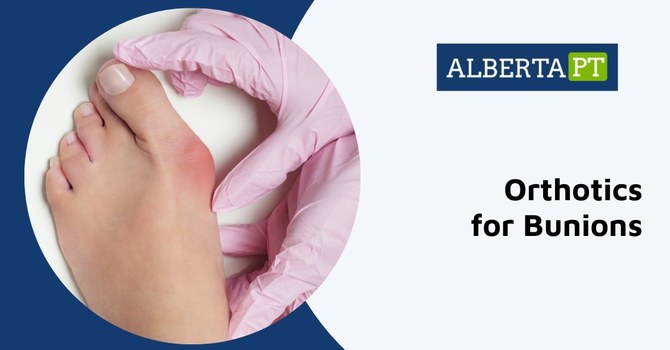Anyone can get a herniated disc, which occurs when the gel-like core of the spinal disc pushes through a break in the external ring of cartilage. So what is a herniated disc and why does it form?
As we age, herniated discs become more common because our discs become less absorbent.
Back pain can be brought on by sudden movements like throwing, lifting heavy objects, or swiftly twisting. If you're concerned that you may have a herniated, physiotherapy has got you covered.
Herniated Disc Symptoms
If you have any of the following symptoms, it is important to consult your doctor to rule out any other conditions:
- A sharp, stabbing sensation that runs down the leg or into the back (often worsens when you're in motion, like pins and needles).
- Legs feeling tingly, numb or weak.
- A sensation of stiffness or tightness in the back.
- Difficulty breathing.
- Sudden pain in the back or legs.
A medical professional can assess if you have a herniated disc. An MRI or CT scan may be necessary to examine your spinal column and validate the diagnosis.
Physiotherapy Treatment for Herniated Disc
When you visit a physiotherapist, they will start by taking a medical history and collecting information about your symptoms. They will also conduct an extensive evaluation of your spine and nearby muscles. Furthermore, they may inquire about your overall health, and other symptoms you might be having.
The specific steps for treating a herniated disc can vary, but most will include stretching and strength-building exercises. Physiotherapy is also often recommended. It typically takes place 1-2 times per week in 45 to 60-minute sessions.
Benefits of Physiotherapy For Herniated Disc
Through the combination of manual treatment and exercise treatment, Physiotherapy can help reduce your chronic pain symptoms and speed up your recovery. It is well known that firm pressure on the human body increases blood flow, helps in the absorption of nutrients and speeds up the healing response. Manual therapy treatment will focus on the areas of discomfort and involve techniques such as joint movement or spinal manipulation.
For exercise therapy, the goal is to reduce muscle tightness and muscle spasms, improve bad posture, and lower pain symptoms. Depending on your condition, a physiotherapist may suggest one option or a mixture of these treatments:
Exercises To Build Muscle
Doing these exercises can strengthen your core, back, and leg muscles and improve your posture. They also help prevent injuries caused by lifting or twisting too far.
Core Strengthening and Breathing Exercises
These exercises strengthen your core muscles and help your back, abdomen and pelvic muscles stay in good shape during regular activities.
Postural Braces
A physiotherapist may suggest wearing a brace to assist in supporting your back and reducing pain.
Specifically-Targeted Workouts
Exercises tailored to your health condition could include strengthening and stretching exercises, designed to improve your quality of life.
Exercises to Build Strength
Physiotherapy for a herniated disc often includes strengthening exercises for the layers of muscle around your spine and lower back. These exercises can help improve posture and reduce pain. A physiotherapist should provide tailored exercises to target your individual needs.
Common exercises for strength training are:
Swimming: Swimming is an excellent exercise that is safe for those with back pain. It can enhance one's flexibility and range of motion, plus it offers a low-impact cardiovascular workout.
Pilates: Pilates is an exercise focused on strengthening and increasing flexibility in the core muscles. It's great for improving posture and relieving lower back pain.
Yoga: Practicing yoga is a great way to get fit without too much stress on the body, and it's especially beneficial for those with back pain as it increases flexibility while reducing stiffness and soreness.
Stretching Exercises
Your physiotherapist may advise a variety of stretching exercises to help reduce pain and increase flexibility when dealing with a herniated disc. Examples of these stretches include:
Sitting Stretch
To do a Sitting Stretch, recline on the ground with your legs unfolded in front of you. Take your right knee and place it on the floor while presenting your right thigh at an angle of 90 degrees. Place your left hand behind your left hip for support. Then, turn your upper body to the right and put your left hand back behind your right leg. Hold this pose for 10 seconds and then switch sides.
Standing Stretch
With your feet apart roughly the same width as your shoulders, stand up straight. Then, bend your hips and knees towards your body to come into a squatting position. Remain in this posture for ten seconds and then get back up. Next, arch your upper body towards the left side to stretch out the right side. Stay in this position for ten seconds and then bend your upper body to the right to lengthen the left side.
Wall Stretch
Position yourself with your back brushing against a wall, both legs straight in front of you. Place your palms behind your head while hugging your hips to the wall. Lower your knees to the floor until you experience a strain on your lower back and remain in that posture for 10 seconds. After that, push off from the wall and stand up straight.
Final Thoughts
Physiotherapy is an effective treatment for herniated discs, which may include a combination of manual and exercise therapy to lessen pain and improve recovery. Depending on the condition, your physiotherapist could suggest muscle-strengthening workouts, core exercises, breathing workouts, postural braces, and tailored exercises.
Call Alberta Physical Therapy soon and we can begin alleviating your herniated disc pain. Now booking new clients!






